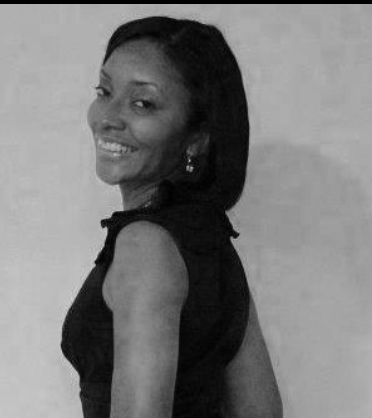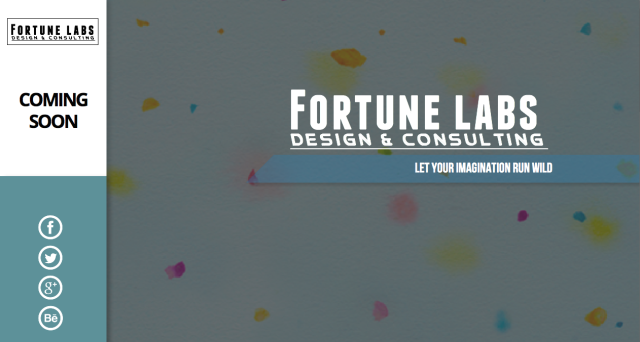Printmaking
Printmaster’s 25 year Anniversary of Printmaking
Filmmaking Industry Considered a Fine Art
“Why put your art in a gallery when it can be in the multiplex? As Steve McQueen’s movie premieres in Venice, Kaleem Aftab looks at the artist-directors”
Brooklyn Museum Conservationist Kenneth Moser
Definition: Conservation-restoration (also referred to as conservation and restoration or simply conservation) is a profession devoted to the preservation of tangible cultural heritage for the future. Conservation activities include examination, documentation, treatment, and collections care, otherwise known as preventive conservation. All of this work is supported by research and education.
Educational background?
Undergraduate Degree in Art History and Studio Art and a Graduate Degree in Conservation & Fine Art Conservation with a Major in Painting Conservation.
Born and raised?
New York City, New York.
How did you get into the career of art conservation?
I was studying art history and studio and it was the perfect combination of the two to be able to use my hands and look at artwork and preserve it.
What is your area of specialty in art conservation?
My area of specialty is Painting Conservation.
Would you consider art conservation a fine art?
Yes its definitely a fine art, its actually a combination of fine arts and science and history specialties.
What was the most difficult item you had to preserve/restore?
That’s a very difficult question, everything is unique, and everything deserves a very unique approach and that’s a question I can’t even answer, everything is a challenge.
What was the most interesting item you had to preserve/restore?
That too is a very difficult question, because what we work on is objects contemporary art and ancient objects and every object brings its own unique interests. Everything is very unique.
How many people are involved in a typical restoration/preservation of an object?
Well, usually its one person working on one object unless it’s tremendous but I would say 90% of the time or even more, 95% of the time its one person one object.
Who main responsibility is it to decide what is to be done to an object?
It’s a joint effort between the conservator and the curator if the object is in the museum and if its privately owned its between the conservator and the owner of the object and in contemporary art the artist of the object plays a role also.
Are works that have been restored heavily critiqued in the art conservation field?
Well, that’s not a very professional thing to do, I might not think well of someone else’s work or I might not recommend their work to somebody, but typically publicly pinpointing someone and speaking poorly of someone isn’t a very ethical thing to do.
What is the final step you undergo to complete the conservation of an object?
We just do a full conservation report similar to like when you go to a doctors office, we have to state exactly what the problems were and how they were treated and exactly what materials and techniques were used and that becomes the history record of the object and lives with it forever.
After completion are you or anyone in your department involved with post conservation of an object?
Yes, when the object belongs to a museum the people that work in the galleries are responsible of making sure that the objects are maintained in a stable environment in the galleries and if its privately owned the owner must make sure of the same things once its installed, because if these things aren’t maintained they can get damaged.
If you have any questions for Kenneth Moser, please feel free to contact him through the form below.
3-D Printing Visits The Tattoo Parlor
The art of tattooing gets a technological boost!
Dionne Armstrong: Inside the business of Graphic Designing
Definition: Graphic design is the art of communication, stylizing, and problem-solving through the use of type, space and image. The field is considered a subset of visual communication and communication design, but sometimes the term “graphic design” is used interchangeably with these due to overlapping skills involved. Graphic designers use various methods to create and combine words, symbols, and images to create a visual representation of ideas and messages. A graphic designer may use a combination of typography, visual arts and page layout techniques to produce a final result. Common uses of graphic design include identity (logos and branding), publications (magazines, newspapers and books), print advertisements, posters, billboards, website graphics and elements, signs and product packaging.
What is your favorite thing to design?
I prefer to design logos because once you design a logo for someone its like bait for more work because more times than not, the job manifests into other jobs in regards to business cards and promotion.
What was your first success?
First success was when I was asked to design a logo for this restaurant, known as Halsey Street Grill. The restaurant has been open six years now and this logo is widely recognized in the Bedford Stuyvesant community for great soul food. So every time I look for prospective clients it’s a must that it is shown as an example of my work.
How long does it take you complete a design on average?
It depends because not every design requires the same amount of time but i would have to say just 24 hours is my average but it varies from time to time.
What continuously inspires you to design?
What inspires me to continue is the look on a satisfied customer’s face and how far my work goes. Since I tend to deal a lot with businesses, hundreds if not thousands of people see what I make for that particular business. That’s a huge satisfaction for me. Also that leads to more jobs from third parties so it’s just a revolving door for me, it’s fun.
What kind of design setup do you have?
I have an iMac running OS X and Windows. As a designer you’re going to need both platforms. I have a Roland ® Vinyl cutter and a Standard Automatic Heat Press. A vinyl cutter is used to cut out graphics from a roll of vinyl, which is then applied on surfaces. The heat press is used in applying graphics to garments through heating and pressure. Everything else in regards to printing large quantities I outsource.
Do you have any advice?
Every designer needs a Mac, I don’t know where I would be without one!
why?
The mac is just convenient; it’s the ultimate machine in regards to design purposes and optimizes workflow. I wouldn’t recommend any other machine to do a design business with.
When did you begin designing?
Back in 92’ but it was by accident. I worked for a company that needed a new name and my boss was trying to figure out the wording and the design of it. I was a customer service representative and I dealt with graphic designers and I would pick up things here and there. I basically sat there and taught myself. I felt if they could do it I could it too!
What was your first project?
My first project was a party flyer for a 15 year old boy that had little to no money and it was his first time having a flyer designed and it was my first time designing a flyer. Trust me, looking back at it; it was my worst project yet.
How long did it take you to turn a profit?
Almost instantly it turned a profit because I packaged my designs along with printing. Designing costs nothing but time and the company I worked for did all the printing because since I worked for them they offered me a discount. So I saved a lot of money on overhead.
What are your goals? What would you like to happen for your business?
I want to see my business hit a level where I’m running a complete solution to anything dealing with design and printing with a full staff.
If you have any questions for Dionne Armstrong, please feel free to contact her through the form below.
Advertising seen from a new perspective.
“Advertising is fundamentally persuasion and persuasion happens to be not a science, but an art.” – William Bernbach
Fortune Labs Company
Fortune Labs
A graphic design and consulting company specializing in creating an effective line of communication between their clients and their respective audience through aesthetically pleasing graphics.
We provide web design, logo design, branding, advertisements, and much more! Come check out www.FortuneLabsCo.com
We also offer an incentive for referrals!
Inquire for more info.
Contact@FortuneLabsCo.com


